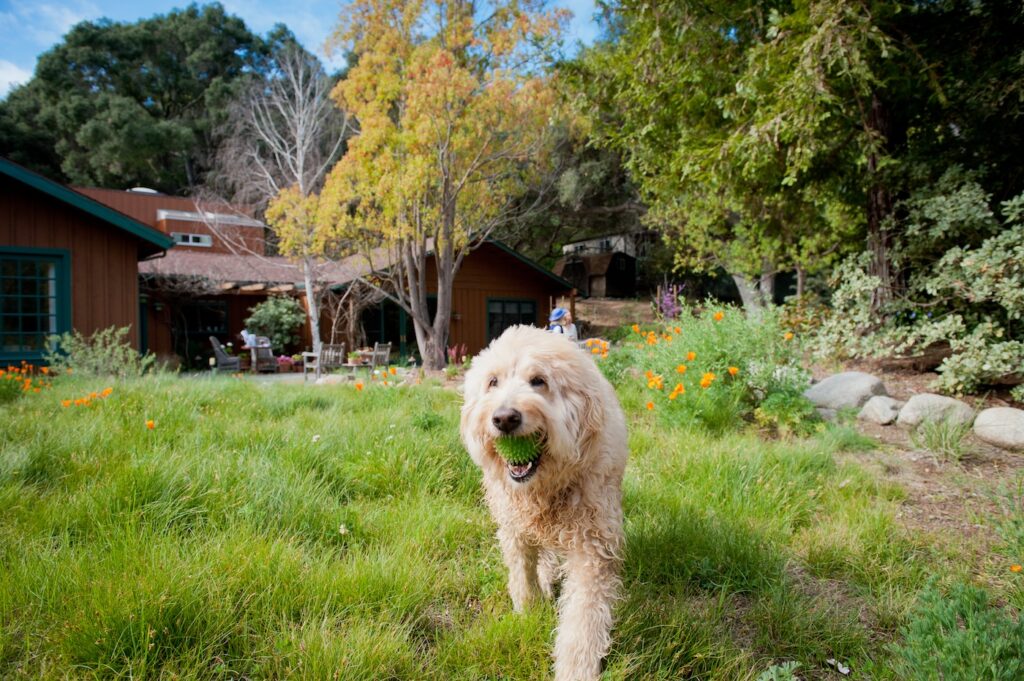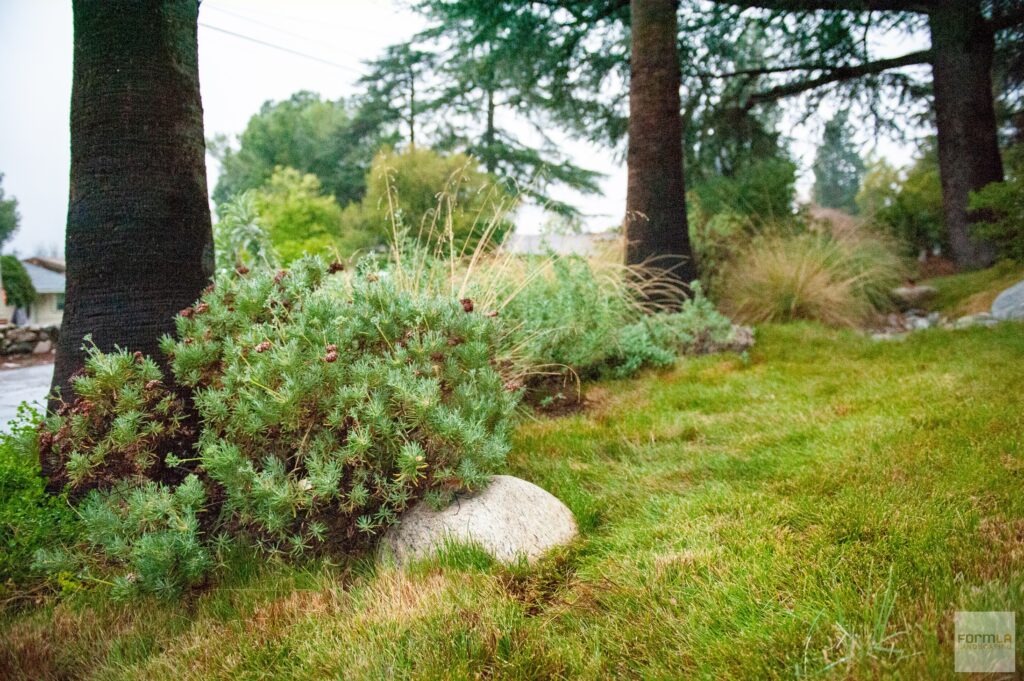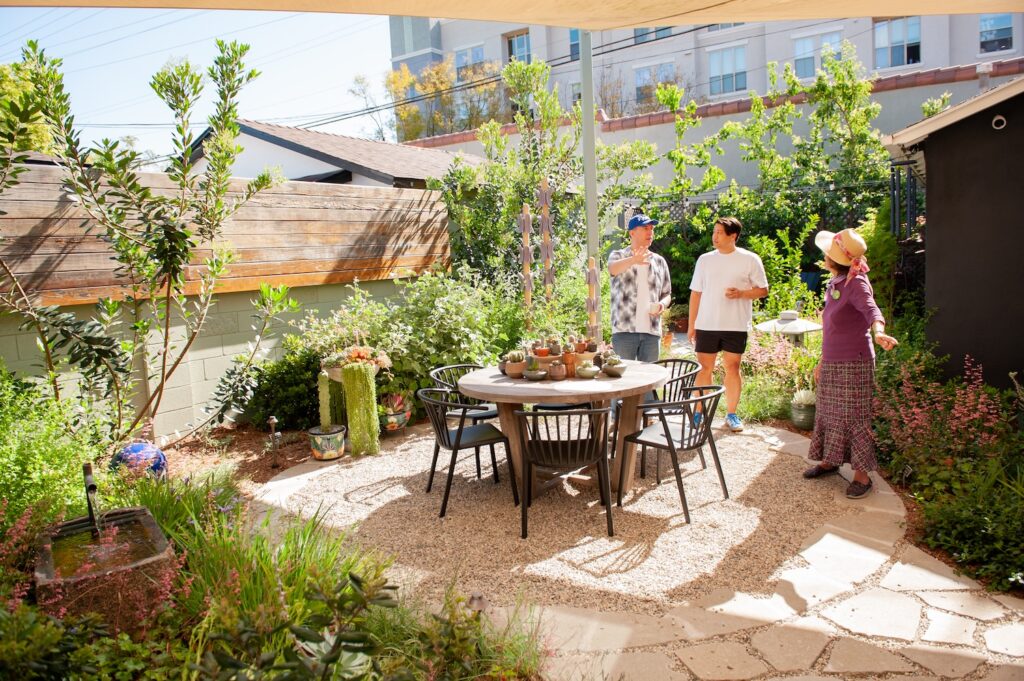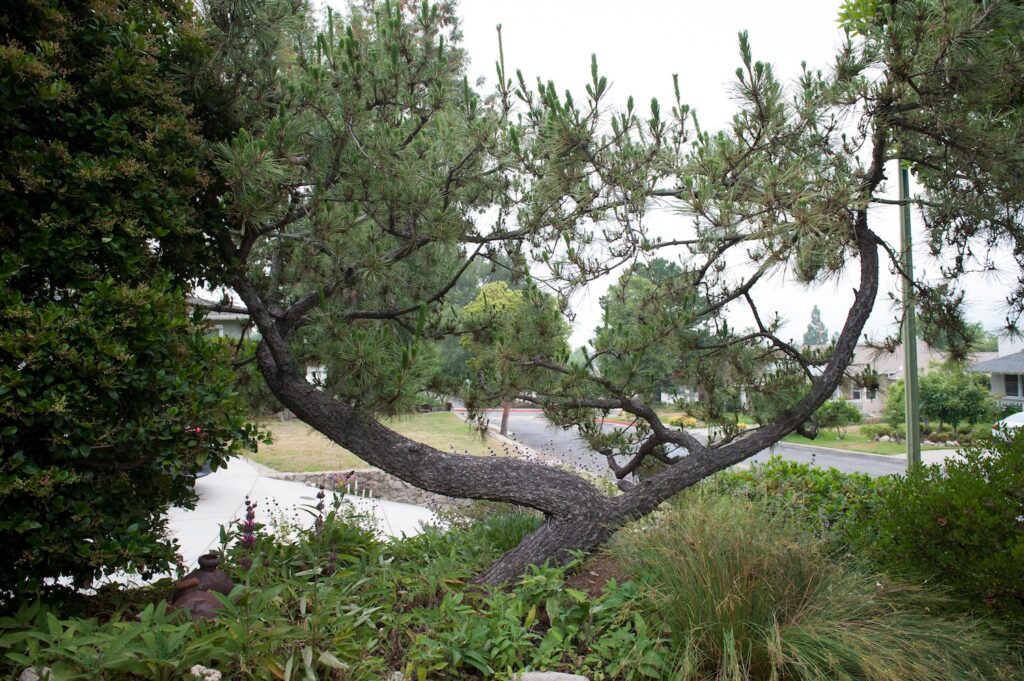A garden’s spring form depends upon trims and tucks made in rainy season
January 2024. At the start of the year, many of us resolve to quit this, start that, and otherwise determine how we want to grow ourselves for the next year. Our foliage needs that same thing! We like to give plants a moment to restructure at the start of the year. It helps us ensure that they stay in harmony with one another and your needs as they grow. Here’s what that looks like.

Cut Grasses
Lush IdealMow Meadows look their best in spring when they are cut to lawn-like loveliness during rainy season. The cutbacks make the fresh, new, green growth visible. This is particularly true for Deer Grass and Dune Sedge. Accomplished now, it will not harm the growth path of wildflowers that may also make your meadow home.


During cutbacks, you can expect establishing Dune Sedge to look a little patchy and Deer Grass to feel pint-sized. This is a great time to also divide grasses. You may be surprised just how quickly they return to form lush waves of greenery!

Shape Shrubs
California and Mediterranean Basin native shrubs will soon experience dramatic growth spurts – especially if we receive rain. To ensure they grow in the direction of our dreams (and designs), we structurally prune them near the start of the year. Because we are careful to space and place foliage in just the right spot, these trims are mostly about aesthetics. For gardens where foliage friends begin to interfere with one another in late spring, pruning now will protect foliage health and can reduce the need for that more onerous and urgent early-summer work.

Trim (Some) Trees
Conifers (e.g. pines, firs, cypress, junipers) receive their trims during rainy season. Once they are set, we aim for stillness in canopies. It’s best for new buds, branches and leaves to emerge in peace as birds begin nesting season.
Naturally, we tend to take photos of gardens when spring has them dancing with blooms and butterflies. Yet, there is distinctive beauty to the moment of restructuring. For those who love order and form as well as color, it can be particularly delightful.
If you are still exploring what a native plant garden might mean for your year-round garden, check this February Sunday in the Garden with Theodore Payne Foundation or visit one of our demonstration gardens to take in the distinctive pleasure.
